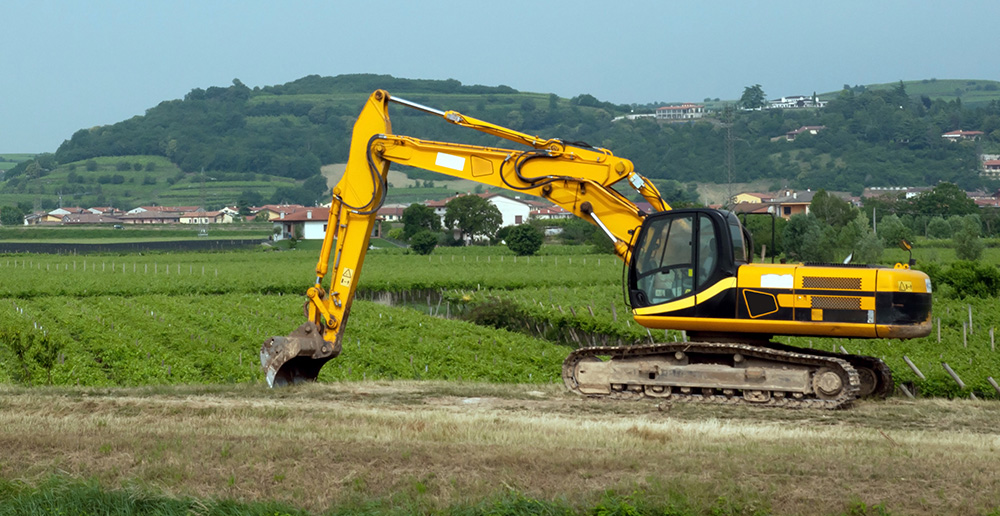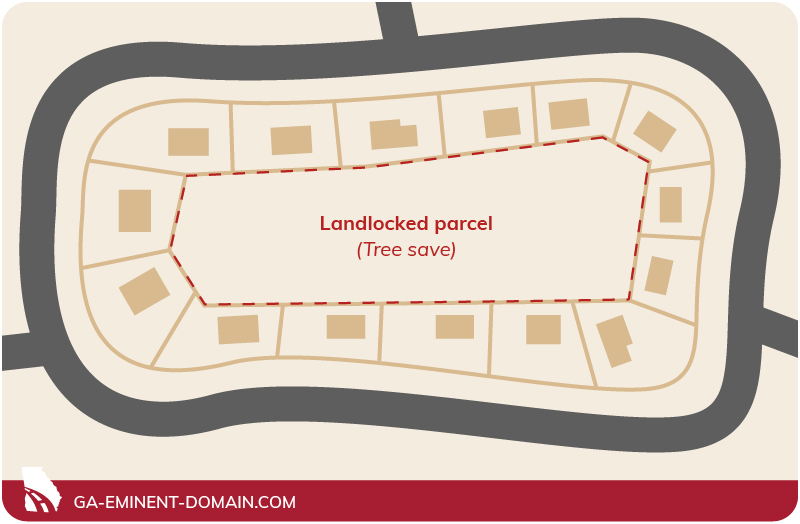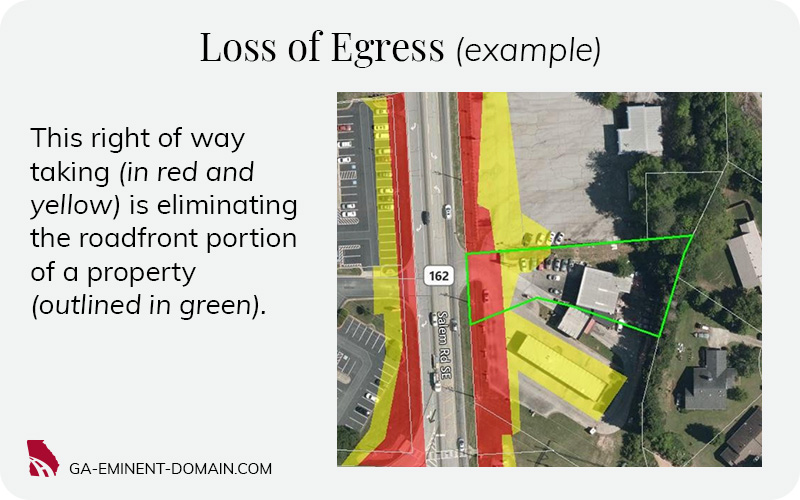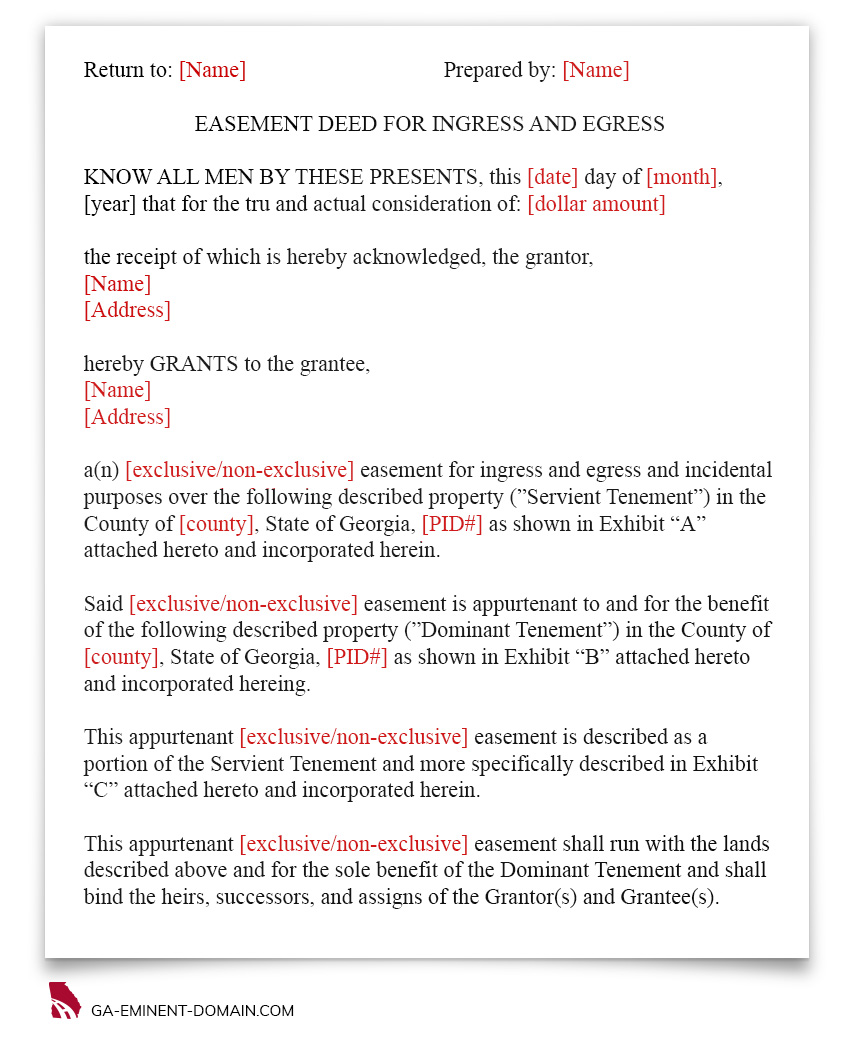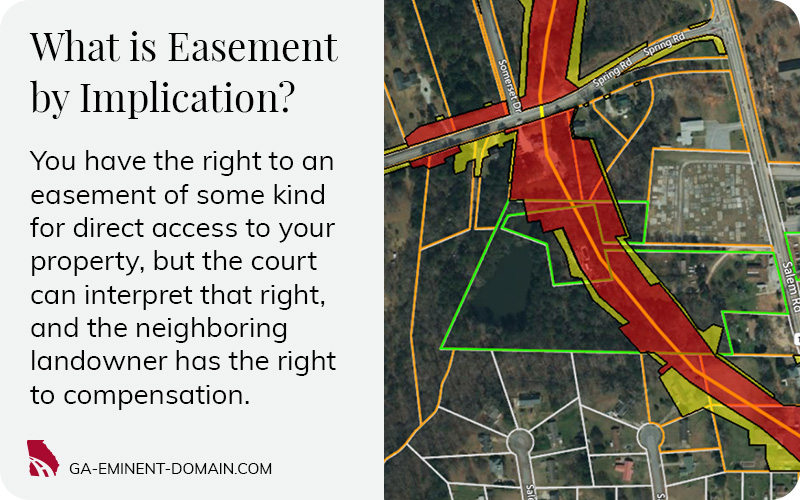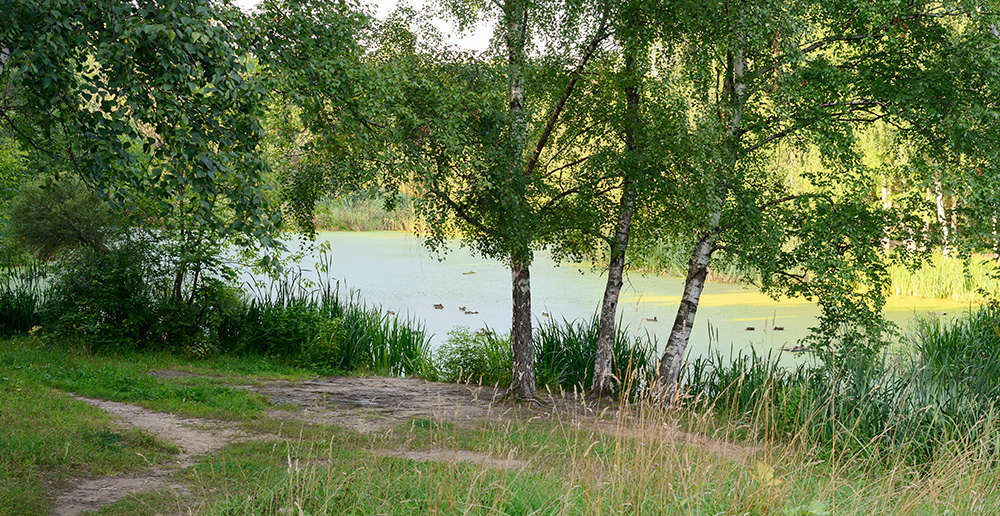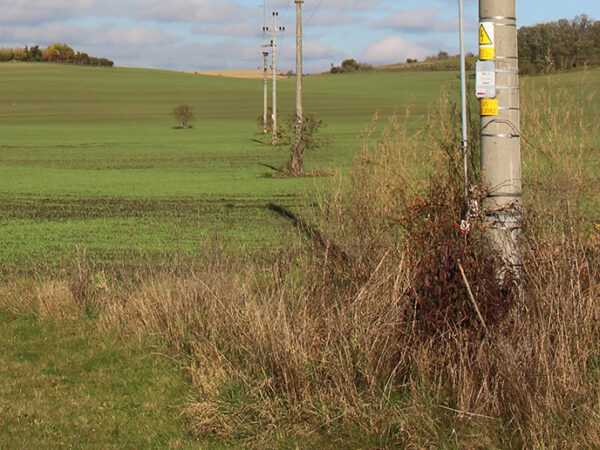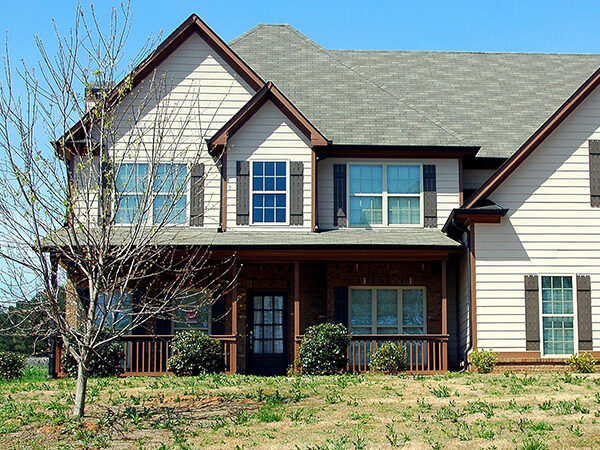So, GDOT has taken the part of your property that connected you to the road? You now have what’s known as a “landlocked property.” It’s something many property owners have never heard of, much less considered. But a government taking resulting in landlocked property does happen and can impact you significantly. Since a landlocked property is of little value, GDOT is often obligated to take the whole property if a taking will landlock it, though that is not always true.
To help explain what a landlocked property is, how it happens, and what to do about it, here are the questions I hear frequently as an eminent domain attorney and the simple answers I can give – remember, every property is unique, and so is every case. If you have specific questions about an eminent domain taking and its effect on your property, contact us.
What does “landlocked property” mean?
Landlocked property, in this case, has nothing to do with access to a body of water. The term “landlocked” is referring to the lack of direct ingress and egress from the property to a road. There’s simply no way in or out.
For example, if your property were completely surrounded on all sides by other property, how would you legally get to and from that property? Or, in the case of eminent domain, what if a taking cut off the part of your property you use to access it?
Lack of access severely limits how you can use or enjoy the property and, consequently, greatly reduces its value.
How does a property become landlocked?
There are a few ways:
Subdivision of a larger property – It’s not just a term for a neighborhood. When a larger property is divided up into smaller parcels, that’s subdivision (or subdividing). One or more parcels can be orphaned in their midst. If the owner does not plan to use the land or intends for it to remain undeveloped (some planned communities do this – such as keeping a “green” area or tree save), there’s no problem. When someone wants to use that landlocked parcel, the issue of being landlocked must be addressed (I discuss your options below).
An Eminent Domain Taking – When the government comes along and needs a piece of land, it can almost always take what it needs. Sometimes, what GDOT takes eliminates the only access to a piece of property, thereby landlocking it. For example, a road widening project can eliminate traffic entry onto a roadway, highway on/off ramp, or roundabout. Perhaps a new road bisects a property, leaving remnants on either side of the new road with no access. This does happen, and if it’s happening to you, we can fight for fair compensation on your behalf.
Acts of God and Natural Disasters – While not exactly common, there are situations where acts of nature could landlock a property. Erosion, earthquakes, floods, sinkholes, and so on may occasionally change the lay of the land in such a way as to eliminate access, but this is exceptionally rare.
How do I know my property is landlocked?
Some people buy landlocked property without knowing it’s landlocked. A real estate attorney is able to spot this, and is an excellent resource prior to and during the purchase, as is a skilled real estate agent.
But let’s say you have the property now, by purchase, inheritance, or some other means, and you need to know for sure what you’ve got as far as legal access to a public road. Head to the county courthouse.
Easements must be recorded to be enforceable, so you must look at the deed and perhaps the county records. In some cases, properties that appear landlocked already have an easement recorded, but the easement was not maintained and has been reclaimed by nature. If there are no easements on your deed that give you right of way from the property to a road, you can also check the deeds for surrounding properties to see if the easements are recorded there. Your attorney can also handle this research for you.
There’s an old saying that floats around real estate and contract law that says, If it ain’t in writing, it ain’t. What it means is that if you have a verbal or handshake agreement, you have a conversation or a handshake and nothing more. Only with a written contract is there an enforceable agreement.
In other words, if your easement isn’t recorded, you don’t have one.
What can I do if my property is landlocked?
Most property owners’ first order of business with a landlocked property is to gain access to a public right of way – a road. I’ll cover how you can gain access below.
Landlocked properties are often viewed as uneconomic remnants – largely worthless properties whose highest and best use is assemblage, meaning to be combined with adjacent properties. Difficulties arise when someone owns a landlocked property without owning any neighboring parcels. If a neighboring property owner agrees to enable access, that’s called an easement by grant. That landowner is agreeing in writing to give you a path across their property, usually for some sort of payment
Be aware that, even if that neighboring property looks like vacant land, you need permission to cross. If no adjacent landowner grants access to a road, the only way to get it is through a right of way easement.
What is a right of way easement and how do I get one?
A right of way easement is an easement that enables travel across land you don’t own. In this case, it would allow a landlocked property owner to legally access a public road. The best way to get one is to work it out with the neighbors directly and maintain friendly relations. If this doesn’t work, a property owner can petition the court for a right of way easement across another owner’s land by seeking what’s called an “easement by implication.”
How does easement by implication work?
Because Georgia law says that properties cannot be landlocked, it implies that an easement shall be granted to the owner of such property. However, it does not say that the easement will be free or necessarily in the path or form that the owner of the landlocked property wants.
The court will decide whether or not an easement request is reasonable and can grant a right of way up to 20 feet wide across the neighboring private property. If the court decides the request was unreasonable or it sees a more preferable path for it – whether you agree or not – it will define the easement and decide how much you must pay to obtain it (this doesn’t include the costs you may incur to create and maintain it, which are your responsibility).
In other words, you have the right to an easement of some kind for direct access to your property, but the court can interpret that right, and the neighboring landowner has the right to compensation. Believe me when I say these cases are some of the most adversarial that a real estate attorney deals with.
What if GDOT landlocks my property?
If GDOT caused your property to become landlocked, you’d need to apply with the county or city for an easement if you want access through what is now GDOT’s land. If you can’t get an easement, GDOT must generally take the whole property (and compensate you for it)! With little to no utility or marketplace value, landlocked parcels are considerably damaged and GDOT (or the condemning authority) should pay full value for it if their actions caused the property to become landlocked.
It’s vital to understand what an eminent domain proceeding is doing to your property before agreeing to any compensation. The amount offered for a remnant property is typically quite low. We’ve helped clients deal with this situation before and seek maximum compensation.
Can I buy a landlocked property?
Buying an adjacent, landlocked property is a perfectly logical move if your property has access to a road. Your current, non-landlocked property means you can give the new parcel the access it needs, whether by an easement against your current parcel or by assembling the two parcels into one.
If you do not own an adjacent, non-landlocked property, no traditional bank is likely to lend money to purchase landlocked property, though hard money loans may be available. You would probably pay cash, and while the parcel is likely quite affordable, you already know at least one reason. Still, it may make sense in certain situations. For example, investors may buy and hold this type of property, hoping for a change in access or for an adjacent property to come up for sale.
How can I use my landlocked property?
Anything you do that requires access to the property will also require an easement across neighboring land. So, the answer is “not much” unless you plan to fly in and out.
You may be able to get temporary easements or permission for things like hunting and fishing if your property hosts wildlife or has access to fishing. If your landlocked property has natural resources, you may be able to work out a limited agreement with your neighbor, such as for timber-cutting access to timber land. Easements such as these are only required every few decades.
Remember: Unless you get the easement in writing and it’s recorded by the county, it does not “run with the land,” and no one is obligated to honor it!
So, with very few exceptions, landlocked property has very little value or use.
If eminent domain threatens to landlock your property, call us.
The most probable way for an existing, in-use piece of property to become landlocked against the owner’s will is by an eminent domain taking. And while the taking is supposed to serve the public good, it probably does not feel that way to you as the owner of potentially worthless land.
Fight for the value in your land. We can help.
We only practice eminent domain, and we only work for property owners – unlike some other firms. Several of our attorneys formerly worked for a state Department of Transportation, and since we’ve been in practice, we’ve helped clients get an average of over 3x more than the initial GDOT offer.1 If you’re facing an eminent domain taking, give us a call at 1-888-391-1339 or contact us online, and let an attorney review your case at no charge or obligation.
